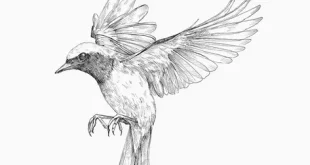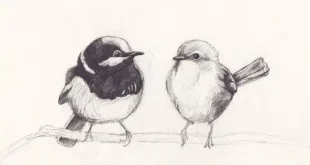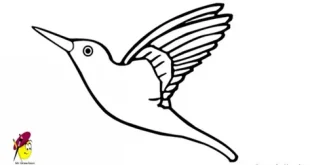1. The Fascinating World of Quaker Birds
2. Unique Appearance and Characteristics of Quaker Birds
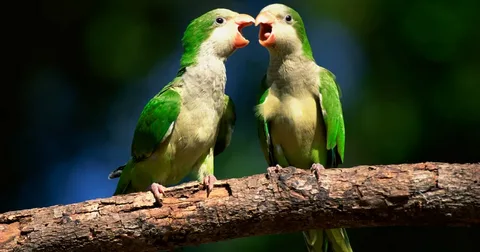
Quaker Parrots, also known as monk parakeets, are small parrots with vibrant green feathers and grayish facial markings. Their compact size makes them popular among pet owners seeking manageable birds with striking physical beauty and intelligence. Typically measuring around eleven inches long, they have long tail feathers and a playful, expressive demeanor. Their eyes shine with curiosity, reflecting their clever nature and sharp awareness of surrounding environments. These birds are also notable for their impressive ability to mimic sounds and learn human speech effectively. Unlike some parrots, they possess distinctive vocalizations that make them excellent communicators in both wild and domestic settings. Their charm lies not only in their looks but also in their lively personalities, which bring energy wherever they are found. Altogether, these remarkable parrots embody a perfect blend of intelligence, charm, and striking visual appeal.
3. Quaker Parrots Habitat and Natural Environment.
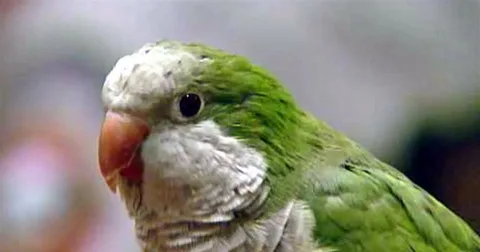
Quaker Parrots originally come from South America, where they thrive across regions of Argentina, Brazil, Uruguay, and Paraguay. They prefer subtropical and temperate habitats, often seen around savannas, woodlands, and urban parks with abundant trees. Unlike many parrots, they have unique nesting behavior, building large communal nests from sticks high above the ground. These nests can be reused for years, providing protection and shelter against predators and changing climates. Their adaptability has allowed them to establish populations worldwide, including North America and parts of Europe, despite originally being non-native. Their spread has sometimes caused ecological debates, especially concerning crop damage in farming areas. However, their presence also demonstrates how adaptable these resilient birds can be under varying environmental conditions. Their ability to survive across multiple habitats highlights the resilience and resourcefulness that make them truly remarkable.
4. Diet and Feeding Habits of Quaker Birds
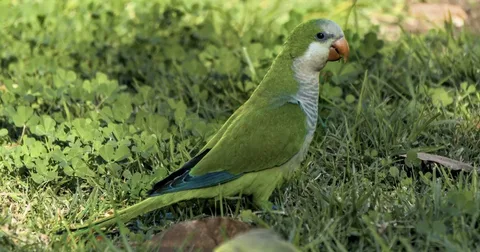
Quaker Parrots consists mainly of seeds, fruits, nuts, leaves, and occasionally flowers from their natural environments. They forage intelligently, often working in flocks to locate abundant food sources across fields and wooded regions. In captivity, their diet is carefully balanced with pellets, fresh vegetables, fruits, and occasional nutritious seeds. Providing dietary variety ensures their health remains strong, preventing deficiencies while supporting energetic and playful behavior daily. These birds enjoy cracking seeds and shells, displaying problem-solving skills and coordination while feeding themselves effectively. Wild populations sometimes raid crops, leading to conflicts with farmers, especially when large flocks gather during harvest seasons. Conservationists and pet owners alike emphasize the importance of nutritional balance to extend their lifespan and maintain vitality. Their feeding habits clearly demonstrate adaptability and intelligence, making them an engaging species for observation and care.
5. Quaker Parrots Reproduction and Nesting Behavior
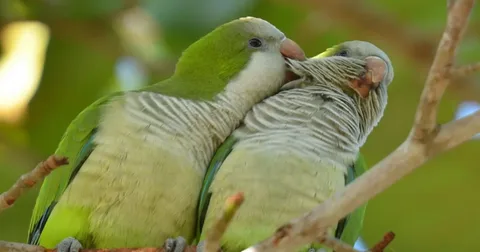
Reproduction among Quaker birds is particularly interesting because of their unusual approach to nest building and colony living. Instead of nesting individually, they construct large communal nests resembling apartments with multiple chambers for families. These nests are strong, durable, and can weigh hundreds of pounds, remaining useful through many breeding seasons. Pairs are highly monogamous, forming close lifelong bonds that strengthen through constant interaction and cooperation during breeding cycles. Females typically lay four to eight eggs, incubating them carefully for several weeks until hatching occurs. During this period, males help by providing food and protection, ensuring the female can focus on incubation duties. Chicks grow steadily within the safety of their nests, eventually fledging under the supervision of attentive parents. This cooperative nesting behavior highlights their social nature and their reliance on group strength for survival and development.
6. Conservation Status and Human Interaction
The global population of Quaker birds continues to grow, largely due to their adaptability and reproductive success across environments. In some regions, they are considered invasive, while in others, they are cherished as beloved pets and companions. Their remarkable talking ability and affectionate personalities have earned them popularity within households seeking intelligent, engaging avian friends. Pet owners appreciate their playful behavior, but they also require consistent interaction, mental stimulation, and safe housing conditions. In urban areas, their colonies can sometimes create challenges, particularly when nesting on utility poles or near crops. Despite this, they remain legally protected in some regions while controlled in others through strict management policies. Their ongoing story demonstrates both the beauty and complexity of human relationships with wildlife. Understanding their role in ecosystems while respecting their needs ensures a harmonious balance between nature and society.
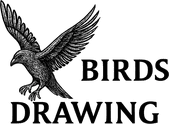 Birds Drawing Birds Drawing
Birds Drawing Birds Drawing

